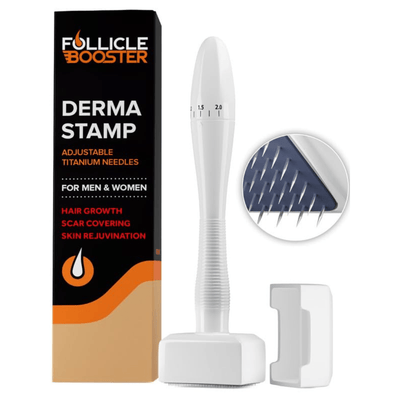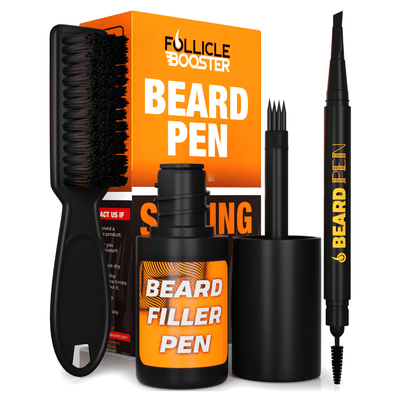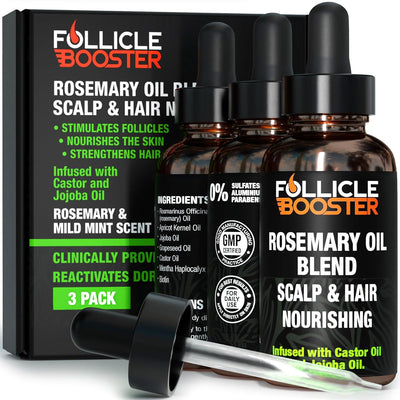Minoxidil has become a popular choice for individuals combating hair loss, but a common question arises: Does the concentration of minoxidil, specifically 2% versus 5%, significantly impact its effectiveness? This blog post highlights the key considerations when deciding between these two concentrations and explores their efficacy in promoting hair growth.

Understanding Minoxidil: Initially developed as an oral medication for high blood pressure, minoxidil's unintended side effect of increased hair growth led to the creation of topical formulations for treating androgenetic alopecia, a common form of hair loss. Minoxidil acts as a vasodilator, widening blood vessels, enhancing blood flow to hair follicles, and prolonging the hair growth phase.
Comparing Concentrations: 2% vs. 5%: The primary distinction between 2% and 5% minoxidil lies in their concentrations of the active ingredient. The higher concentration, 5%, was introduced as a more robust formulation to yield more noticeable results. While both concentrations have demonstrated efficacy in promoting hair growth, the choice ultimately depends on individual circumstances and preferences.


Effectiveness and Studies: Numerous studies have explored the efficacy of 2% and 5% minoxidil. For instance, a study published in the Journal of the American Academy of Dermatology revealed that after 48 weeks of treatment, 5% minoxidil statistically outperformed 2% minoxidil in promoting hair growth. However, it is essential to acknowledge that individual responses can vary, and some individuals may achieve satisfactory outcomes with a lower concentration.
Side Effects and Tolerability: 2% and 5% minoxidil formulations can result in mild side effects such as scalp irritation, itching, and dryness. Higher concentrations may increase the likelihood of experiencing these effects. Adhering to the provided instructions and promptly consulting a healthcare professional in case of adverse reactions is crucial.

When considering 2% and 5% minoxidil, both concentrations have shown effectiveness in promoting hair growth. The decision should be based on factors such as the severity of hair loss, personal preferences, and tolerance to potential side effects. Consulting with a dermatologist or healthcare professional is advisable for personalized guidance in determining the most suitable concentration for individual needs. Regardless of the chosen concentration, consistent and regular application of minoxidil remains vital for optimal results in combating hair loss. It is vital to know the latest updates in the hair loss industry. Check @thehairlossdude in Instagram to get firsthand feedback and personal recommendation.











